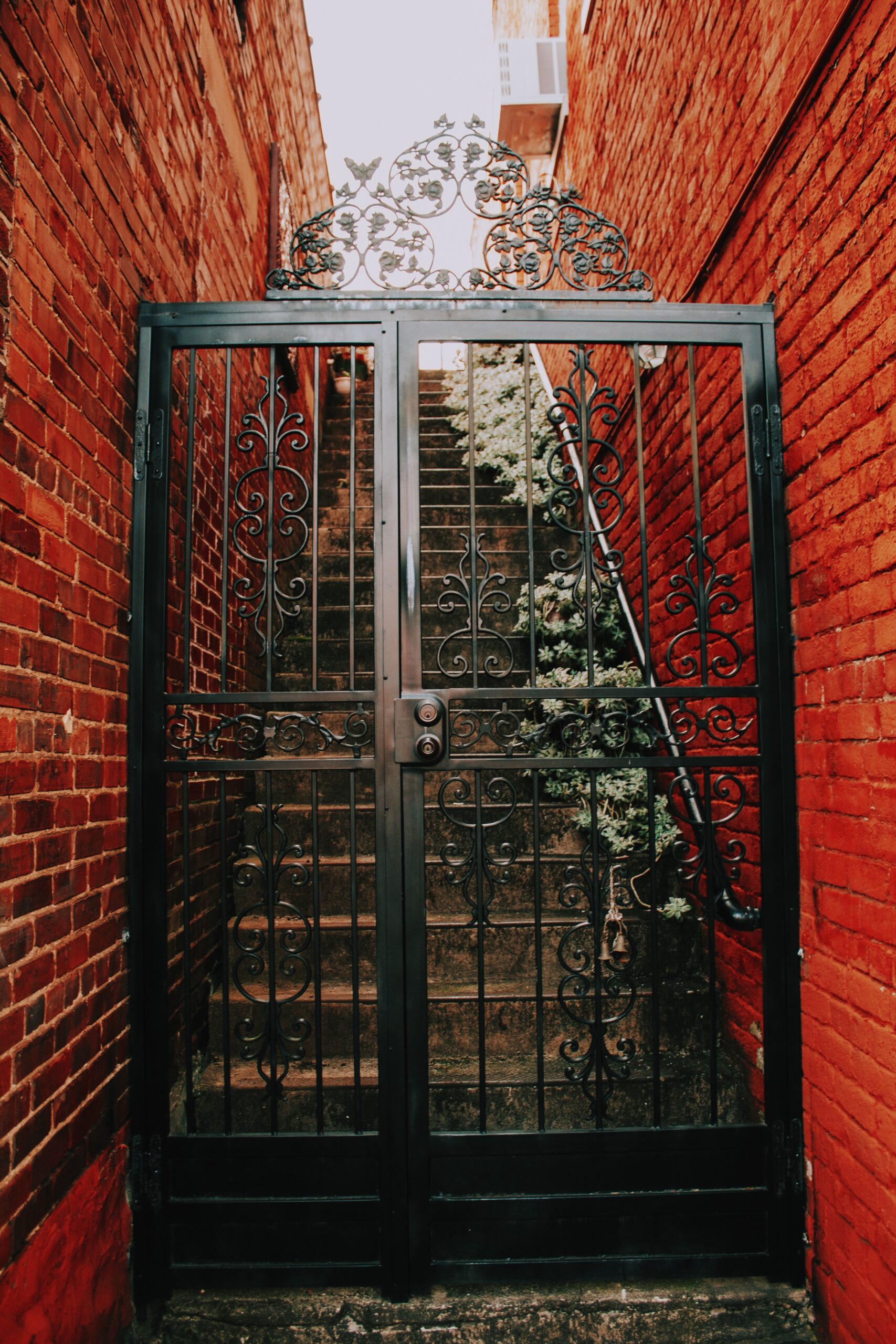5 Iron Gate Installation Mistakes and How to Avoid Them
Are you thinking of designing an iron gate of your own? Updating your barrier is not as simple as it seems. It might sound like an exaggeration, but it holds some truth.
If you do not employ the proper methods, you could irreparably damage the rest of your ironwork. However, if you know what you’re doing, you can attain the residential gate security of your dreams.
To achieve this, here are a few common iron gate installation mistakes you should avoid. Let’s get into it!
1. Not Accurately Measuring the Gate Size
It is important to measure the iron gate size and to ensure it is compatible with the existing frame, posts, and surrounding areas. Measurements should include the following:
- Width and height
- The size of the post holes
- The type of fixture needed
If the gate is oversized, you should know if an additional post is needed. Furthermore, you need to correctly align the posts and the gate to make sure that it is secure and will not become distorted over time.
2. Failure to Check Levelness
Another mistake when installing iron gates is failing to ensure the area is level. Failure to do so may cause the gate to not open and close properly, thus making it impossible to use.
Additionally, an uneven area can affect the stability of the gate, causing it to buckle under pressure or shift unexpectedly. To avoid these, one should always measure the area to ensure it is completely level.
3. Ignoring the Importance of Hinges and Latch
Ignoring the value of latches and hinges can cost homeowners time and money to correct. You need to select this hardware based on the following:
- The weight
- Frequency of use and abuse
- The climate
These components are integral to keeping it secure and functional. Selecting components that are not made for the weight of the gate can warp and place stress on the hinges and latch, leading to more frequent repairs. Homeowners who live in a climate with extreme precipitation should invest in hardware made from a material, such as stainless steel, which is less likely to rust and need frequent repairs.
4. Not Inspecting the Components of the Kit
Before any gate installation process takes place, be sure to check the kit pieces for any signs of wear, damage, or defect. This includes examining the hinge plates, screws, bolts, nuts, and latches.
Most importantly, you need to follow the specific installation instructions in the kit and use the proper tools specified to do the job.
5. Not Consulting an Expert for Assistance
Mistakes can impact the results of your project. To avoid these inaccuracies, it is critical to consult a professional for assistance. An expert in gate installation can:
- Ensure it is installed correctly
- Has the right swing direction
- Correct soil drainage
- Exact measurements
Overall, consulting an expert can provide peace of mind that the project will be done right. To help make the process as easy and stress-free as possible, click here for more info.
Common Iron Gate Installation Mistakes You Should Avoid
Iron gate installation mistakes can be avoided with a bit of knowledge and patience. Reading your gate and post instructions thoroughly, double-checking measurements, and ensuring a sturdy foundation are all key steps to a successful installation.
If all else fails, consulting a professional should get the job done safely and properly. If you find this article helpful, check out the rest of our blog now!
